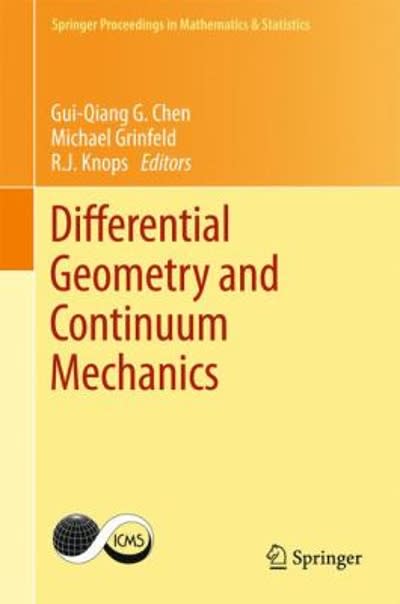Answered step by step
Verified Expert Solution
Question
1 Approved Answer
Activity 8: A Chance to Further Understand Probability Answer the following questions with a thorough explanation How does a simple event differ compound event? Differentiate


Activity 8: A Chance to Further Understand Probability
Answer the following questions with a thorough explanation
- How does a simple event differ compound event?
- Differentiate mutually exclusive events from non-mutually exclusive events.
- Suppose there are three events A, B, and C that are not mutually exclusive. List all the probabilities you would need to consider in order to calculate P(A or B or C). Then, write the formula you would use to calculate the probability.
- Explain why subtraction is used when finding the probability of two events that are not mutually exclusive.
- What new realizations do you have about the probability of compound events?
- How would you connect this topic to other concepts that you have previously learned?
- How would you use this in real life?
Activity 9: Where in the real world?
Answer the following questions with a very thorough explanation
- Describe a situation in one's life that involves events that are mutually exclusive or not mutually exclusive. Explain why the events are mutually exclusive or not mutually exclusive.
- Think about daily experience. How is probability utilized in newspapers? television shows? and radio programs that interest you? What are your general impressions of the ways in which probability is used in the print media and entertainment industry?
For References:



Step by Step Solution
There are 3 Steps involved in it
Step: 1

Get Instant Access to Expert-Tailored Solutions
See step-by-step solutions with expert insights and AI powered tools for academic success
Step: 2

Step: 3

Ace Your Homework with AI
Get the answers you need in no time with our AI-driven, step-by-step assistance
Get Started


